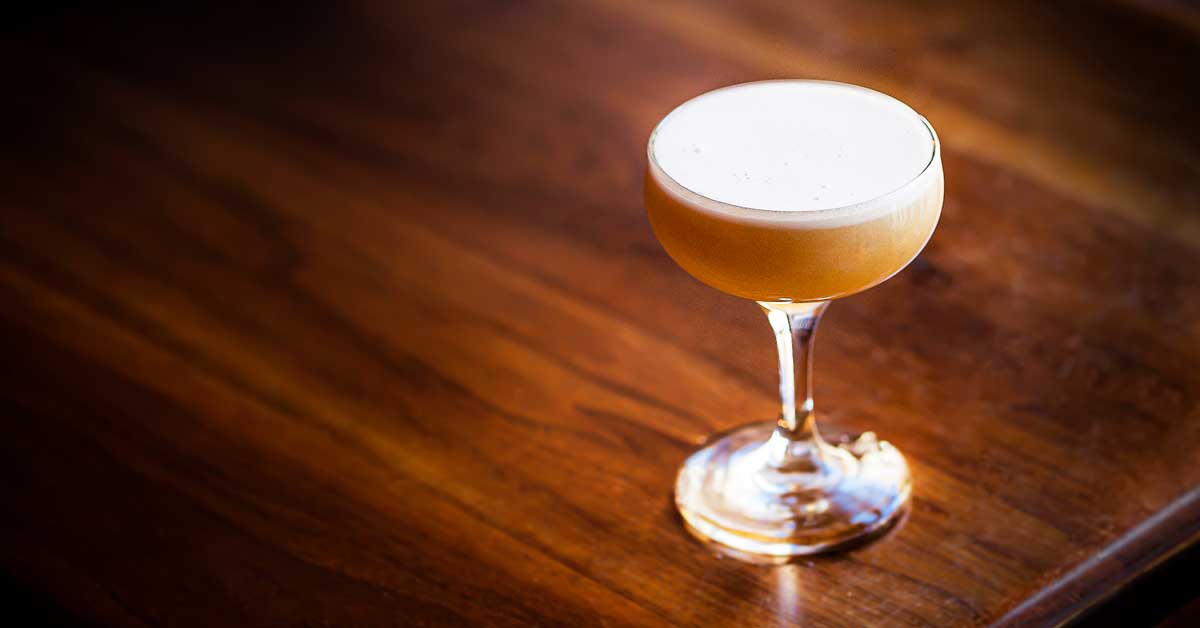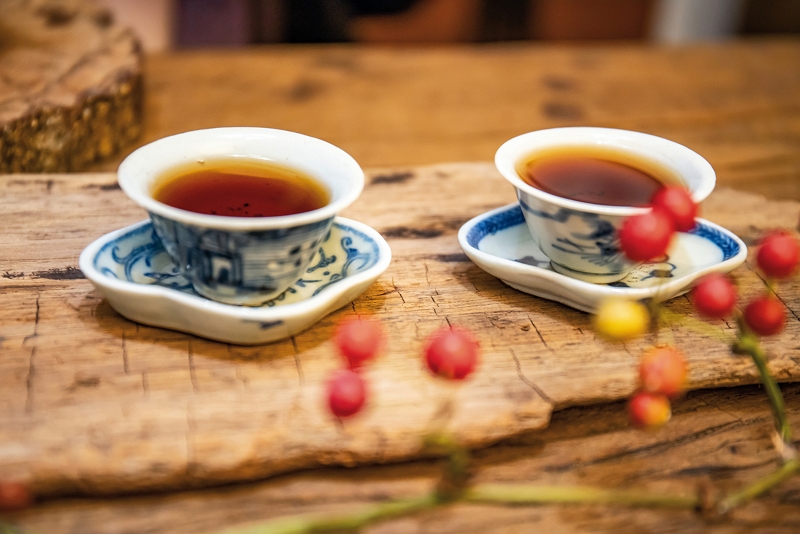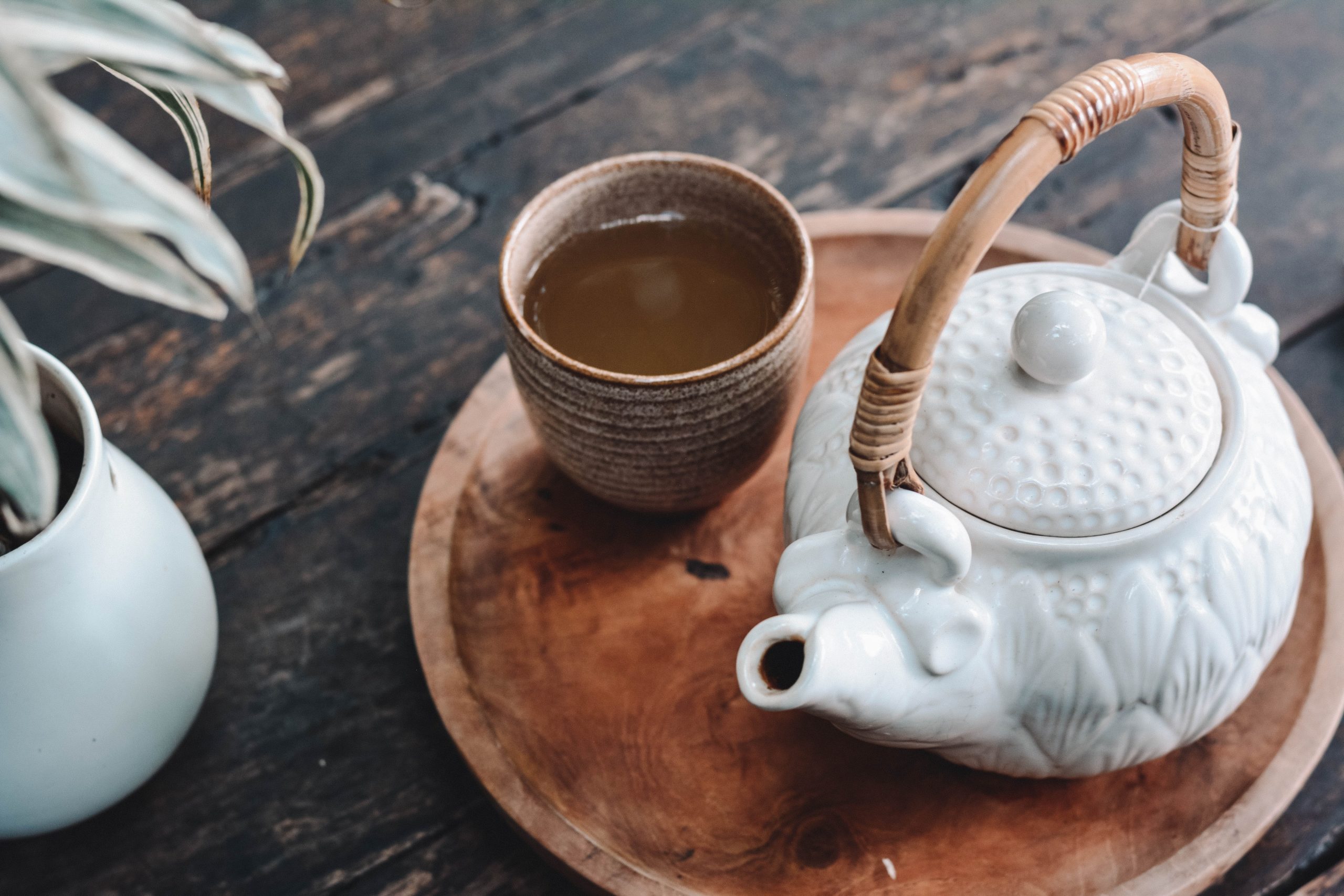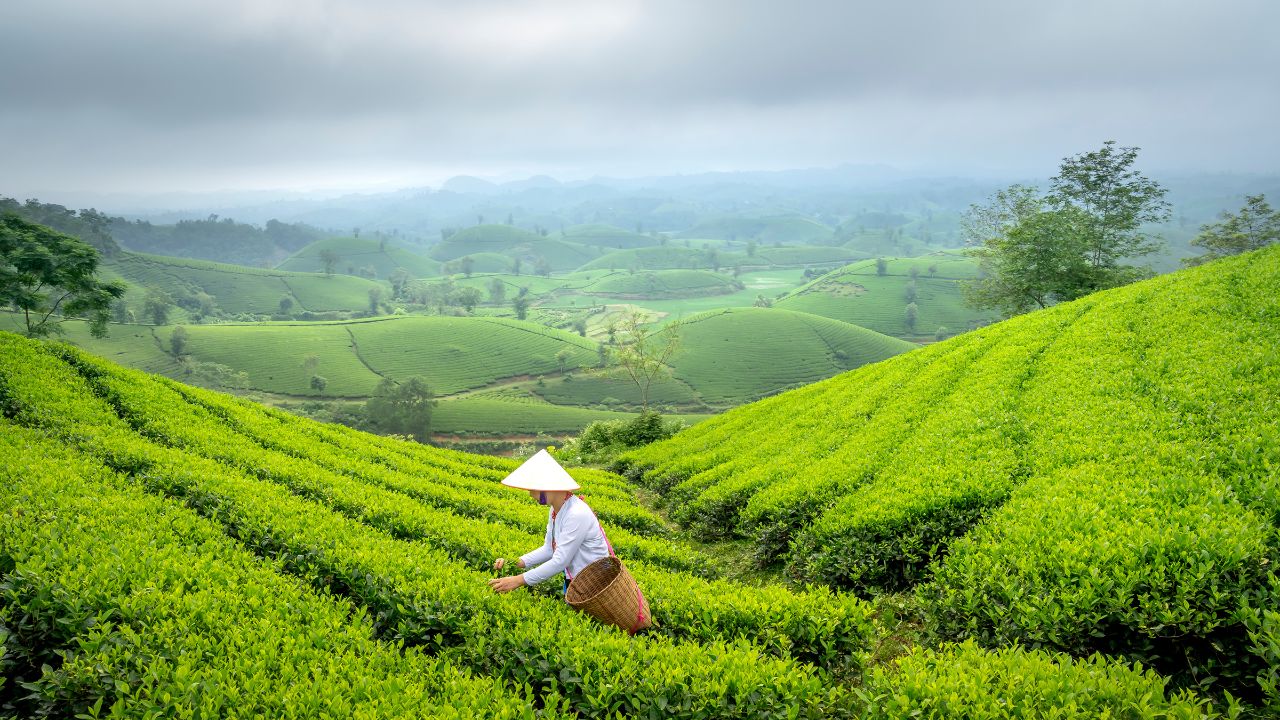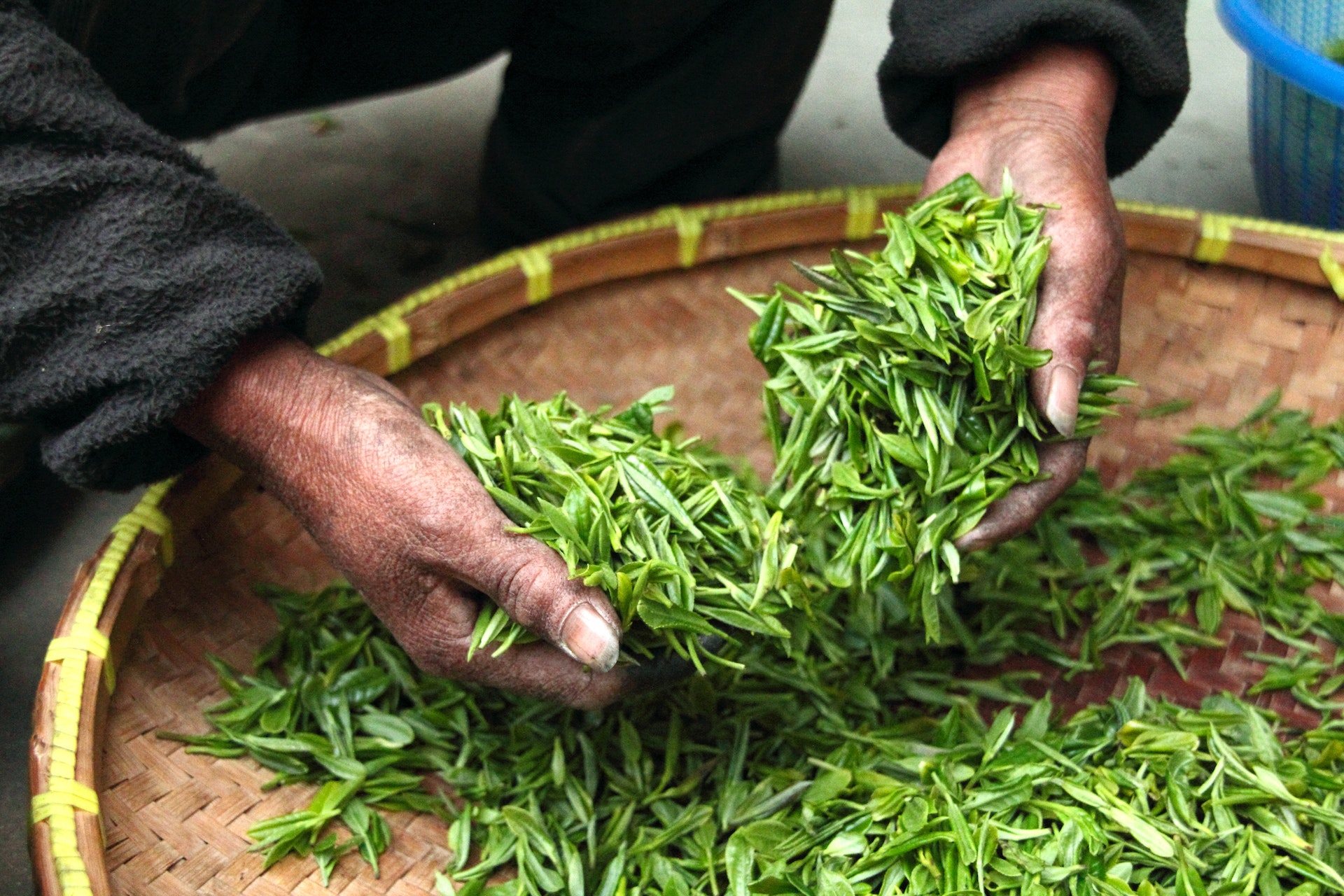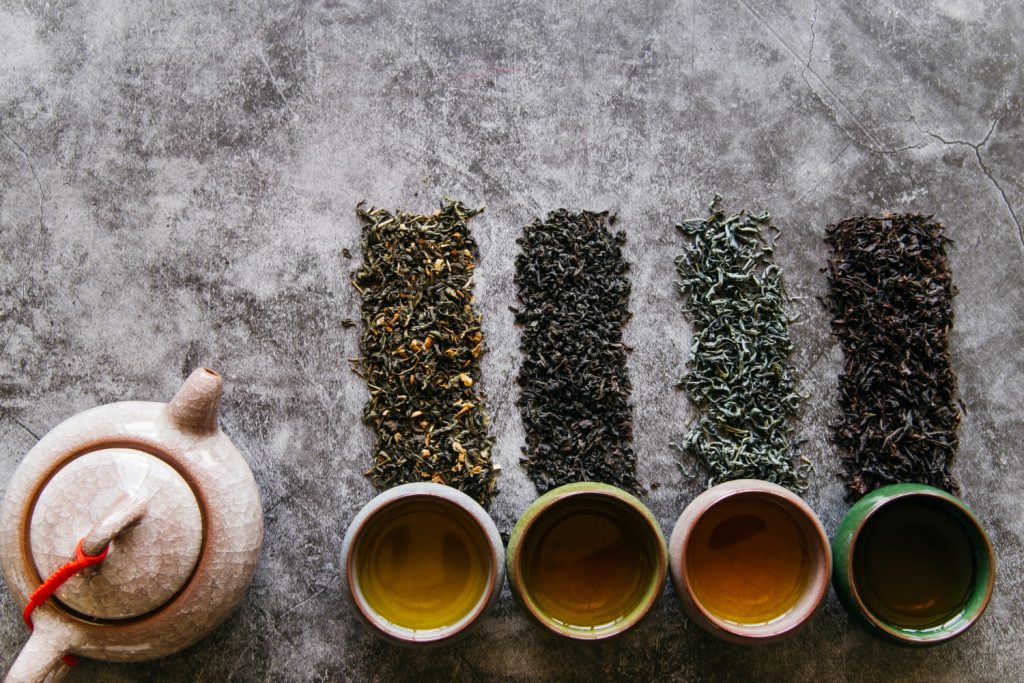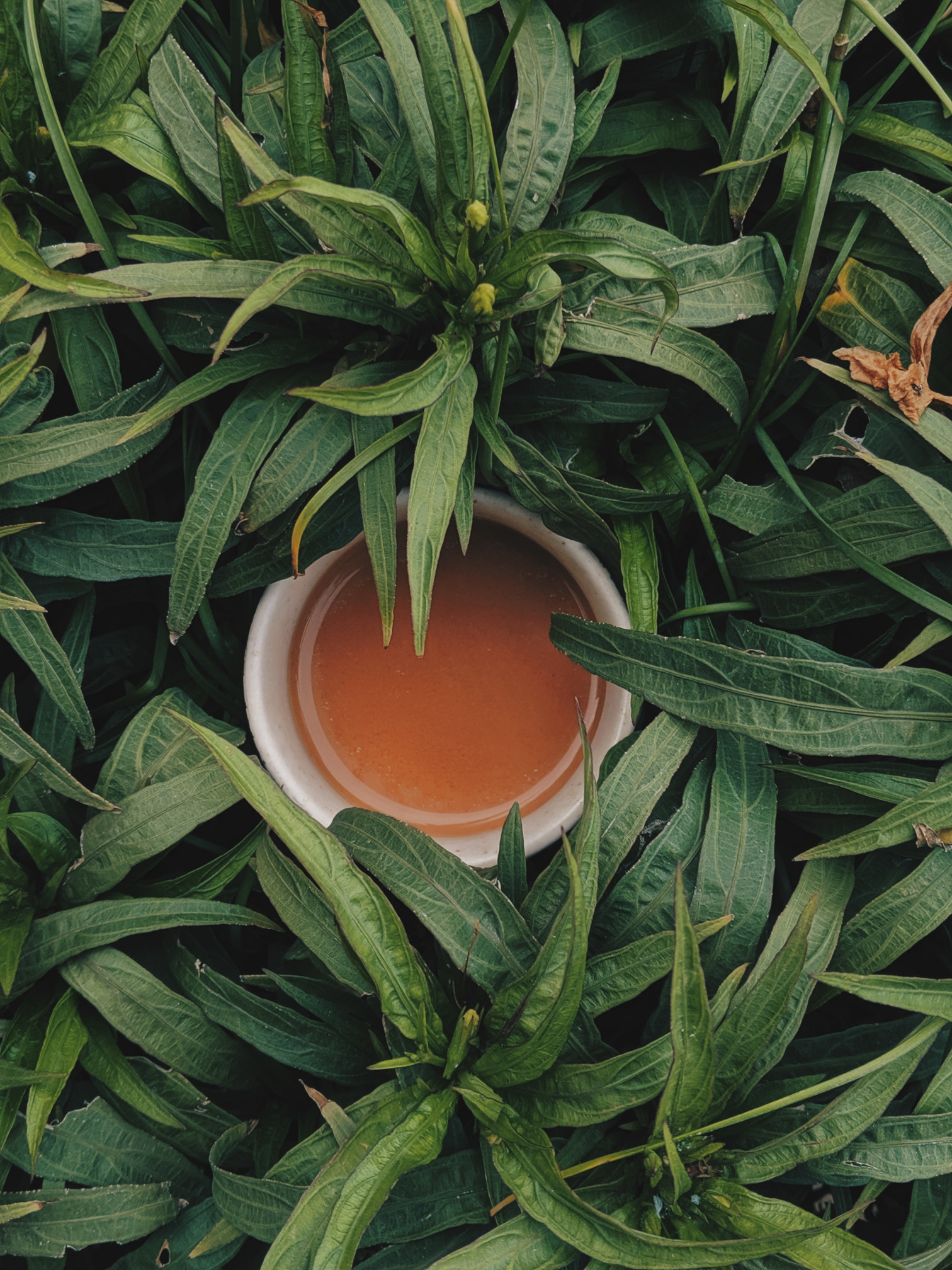Mixology Magic: Assam Tea Cocktails
Introduction
Welcome to the enchanting world of mixology where creativity knows no bounds and innovation reigns supreme. In this spirited realm, where tradition meets modernity, we embark on a tantalizing journey through the lush landscapes of Assam, India, renowned for its exceptional tea. Join us as we delve into the delightful fusion of Assam tea and cocktails, where every sip tells a story of tradition, innovation, and pure indulgence.
Chapter 1: The Essence of Assam Tea
Nestled amidst the verdant hills and fertile plains of northeastern India lies the picturesque region of Assam, a land steeped in history and blessed with unparalleled natural beauty. But what truly sets Assam apart is its illustrious tea heritage, which dates back centuries and continues to enchant tea enthusiasts around the globe.
Assam tea owes its exceptional quality to the region’s unique climate and soil conditions. The combination of ample rainfall, high humidity, and rich loamy soil creates the perfect environment for the cultivation of Camellia sinensis, the tea plant. It is here, amidst the rolling hills and lush valleys, that the finest Assam tea leaves are nurtured to perfection.
What sets Assam tea apart is its distinctive malty flavour and robust character, which sets it apart from other varieties of tea. This boldness is attributed to the indigenous Camellia sinensis var. assamica plant, which thrives in the region’s lowland forests. When brewed, Assam tea yields a rich amber liquor with a full-bodied taste that is both invigorating and satisfying.
Beyond its flavour profile, Assam tea is revered for its myriad health benefits. Rich in antioxidants and polyphenols, it is believed to boost immunity, aid digestion, and promote overall well-being. Moreover, the moderate caffeine content provides a gentle energy boost without the jitteriness associated with coffee.
But perhaps the most captivating aspect of Assam tea is its unparalleled aroma, which evokes images of mist-covered hills and sun-drenched tea gardens. The heady scent of Assam tea is a symphony of earthy notes, with hints of malt, honey, and spice tantalising the olfactory senses.
For centuries, Assam tea has been an integral part of the region’s culture and economy, shaping the livelihoods of countless generations of tea growers and pluckers. Today, Assam tea remains a cornerstone of India’s thriving tea industry, accounting for a significant portion of the country’s total tea production.
Chapter 2: The Art of Mixology
Enter the realm of mixology, where bartenders are akin to alchemists, weaving magic with spirits, flavours, and a dash of imagination. In recent years, mixologists have embraced the versatility of tea as a cocktail ingredient, offering a refreshing twist to classic concoctions. Assam tea, with its bold flavour profile, lends itself effortlessly to this innovative approach, adding depth and complexity to every libation.
Chapter 3: Crafting Assam Tea Cocktails
Let’s embark on a voyage of discovery as we explore a selection of Assam tea cocktails crafted to tantalize the taste buds and ignite the imagination.
Assam Sunset Spritz:
Ingredients: Assam tea-infused gin, Aperol, sparkling water, orange slice.
Taste: A harmonious blend of bitter-sweetness with a subtle hint of citrus, reminiscent of a vibrant sunset over the Brahmaputra.
Method: Steep Assam tea in gin and allow it to infuse for an hour. Mix infused gin with Aperol and pour over ice. Top with sparkling water and garnish with an orange slice.
Himalayan Highball:
Ingredients: Assam tea-infused gin, Aperol, sparkling water, orange slice.
Method: Infuse whisky with Assam tea for an hour. Pour infused whisky over ice in a highball glass, top with ginger ale, and garnish with a lemon wedge.
Taste: A refreshing interplay of spicy ginger and robust tea notes, evoking the crisp mountain air of the Himalayas.
Majestic Masala Mule:
Ingredients: Assam tea-infused vodka, ginger beer, lime juice, masala spices.
Method: Infuse vodka with Assam tea and masala spices for an hour. Strain and pour infused vodka over ice, add lime juice, and top with ginger beer.
Taste: A tantalizing fusion of warm spices and zesty lime, reminiscent of bustling markets and aromatic chai stalls.
Chapter 4: The Art of Presentation
In mixology, presentation is paramount, transforming a mere cocktail into an exquisite work of art. Experiment with garnishes, glassware, and serving techniques to elevate your Assam tea cocktails to new heights of sophistication. Whether served in a classic coupe glass or a rustic mason jar, each cocktail should be a feast for the eyes as well as the palate.
Chapter 5: The Joy of Exploration
As with any creative pursuit, the key to mastering the art of Assam tea cocktails lies in experimentation. Don’t be afraid to push the boundaries, combining unexpected ingredients and techniques to craft your signature libations. Let your imagination soar as you embark on a journey of flavour discovery, guided by the timeless allure of Assam tea.
Conclusion
In the world of mixology, where tradition meets innovation, Assam tea cocktails stand as a testament to the enduring allure of this beloved beverage. From the rolling hills of Assam to the cocktail bars of London, these enchanting libations captivate the senses and inspire the soul. So, raise a glass to the magic of mixology and toast to the timeless brilliance of Assam tea cocktails. Cheers!
